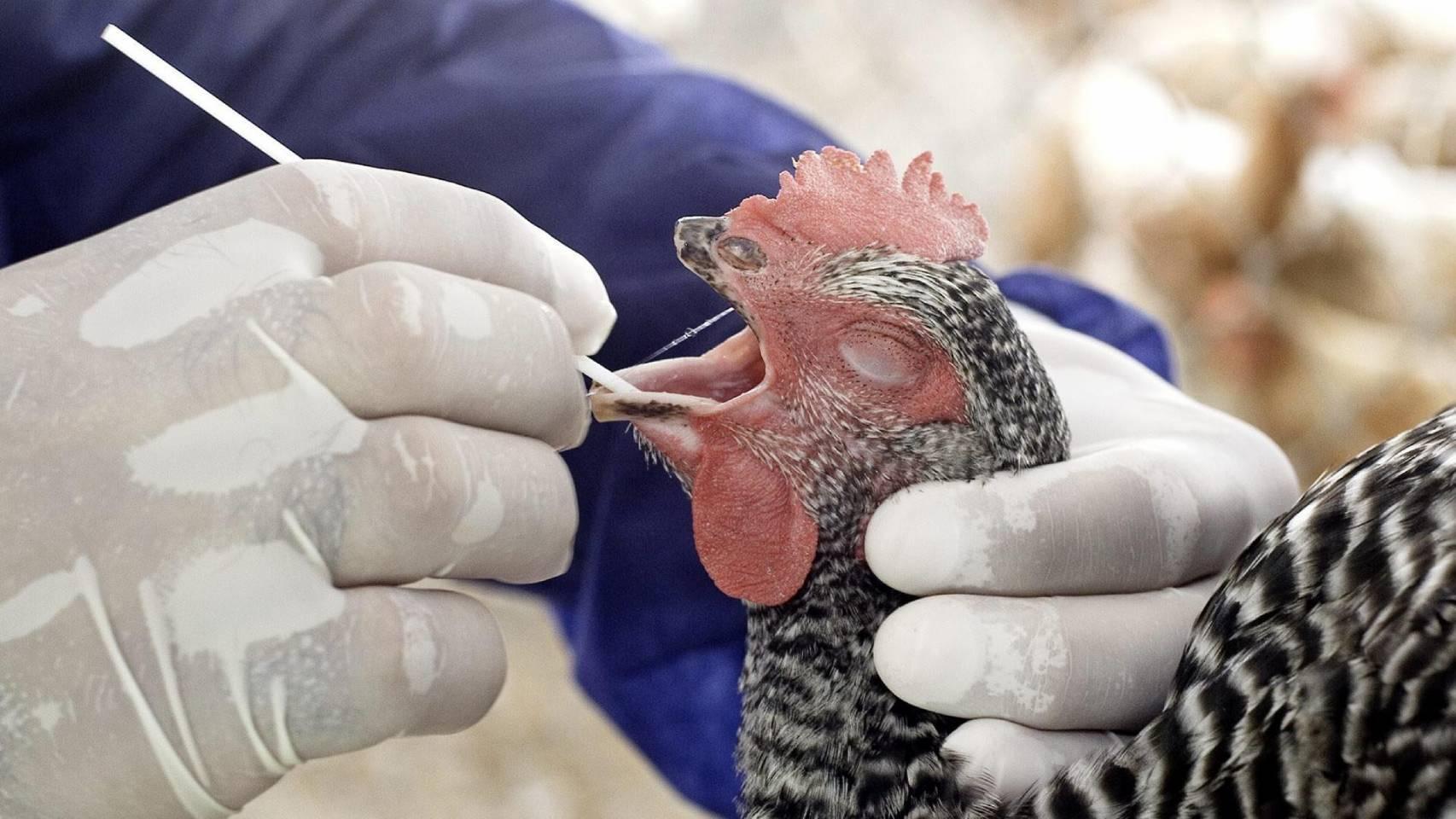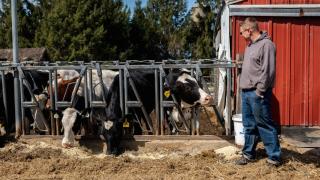Are we ready for a pandemic caused by avian flu? “We are not starting from scratch, but this is a complex virus.”

News about bird flu continues to emerge in the United States. The latest was the discovery of the virus in a sample of raw milk that was sold to the public in California. A new human case of bird flu has also been confirmed in the same state. This time it’s about first infection of a minor which is registered in the country and its origin is currently unknown.
At the same time, 55 cases of human infection with bird flu have already been registered in the United States. Most of them have kept close contact with infected animalsparticularly with dairy cow farms. Since the first case was confirmed on March 24, at least 616 herds have been affected. Another species of greatest concern is poultry. In total, 1229 outbreaks were registered.
The volume of infections in Spain is still far from the US. However, the Galician Ministry of Environment confirmed last week three new outbreaks of avian influenza among wild birds. To prevent its spread, some European governments have already taken measures in this regard. One of the last to do so was Belgium, which ordered poultry farmers to isolate their birds despite the fact that no cases of bird flu had been detected in the country recently.

The Belgian government says the decision is in line with recommendations from the European Food Safety Authority (EFSA). This is not the first warning sounded from Europe.. In the middle of this year, the European Center for Disease Prevention and Control (ECDC) recommended strengthening surveillance for new cases of avian influenza.
“It might end up here.”
Looking at the current situation in North America, one might wonder: why isn’t the same thing happening on the other side of the Atlantic? “In the USA there are no special conditions for this to happen, that is could happen in Europe at some point“, notes EL ESPAÑOL. Gustavo del RealResearcher at the National Institute of Agricultural and Food Research and Technology (INIA-CSIC).
For the veterinary virologist of the Research Center for Animal Health (CISA) of the Central Scientific Research Center, Elisa Perez-Ramirez“The main thing now is to be We closely monitor everything that happens in the USA“, because he does not rule out that “it could get here.” To avoid this, he believes that there needs to be “significantly improved surveillance.” Especially for cattle, since that is where the “greatest risk is.”
Both agree that the current cattle situation is “very concerning.” What worries them most, however, due to possible pandemic potential, are three human cases of avian influenza with no known close contact with infected animals: a patient in Missouri, a case discovered in Canada, and a juvenile case in the United States. “We are concerned because this may be the first sign that there is a silent transmission between people,” warns Perez-Ramirez.
If effective transmission between people is confirmed, this will happen the last requirement to face the pandemic scenario. As a representative of the Spanish Society of Infectious Diseases and Clinical Microbiology (Seimc) notes: Louis Buzon“This ability, which I hope it does not acquire, is what the virus lacks, which already meets the other two conditions: being new to humanity and highly pathogenic when infected.”
Uncertainty Scenario
In view of bird flu pandemicThe first actions to be taken, in addition to “preparing hospitals,” will be “sequencing the virus, mass producing vaccines and distributing them worldwide.” Although today, developing a vaccine against a circulating virus would be “utopian,” according to Buzon, since its evolution could make it ineffective in the short term.
According to Perez-Ramirez, vaccination is an important tool for maintaining control, at least in the case of animals. In France, following outbreaks between 2021 and 2022, they decided to vaccinate all poultry against the virus after testing positive. Nevertheless, “It won’t be as simple as vaccination“We will also need to have “prevention and control systems that detect the virus early and allow effective action to be taken.”
To reduce the threat of a pandemic, it is important to try to keep pets away from wild birds, the reservoir of the virus. In humans, it is also important to avoid contact. The more you are exposed to the virus, the more opportunities the virus has to adapt and the necessary mutations turn out to be stable and efficiently transmitted between people.
In this case, experts acknowledge that in addition to good diagnostic systems, there will be a large number of vaccine prototypes. “Obviously, we are not starting from scratch,” says Perez-Ramirez. “But this is a complex virus that is very easily transmitted between hosts. In recent years he has had a series of epidemiological changes that we have never seen before. And that puts us in a situation of significant uncertainty.”
